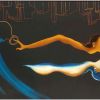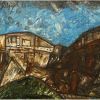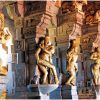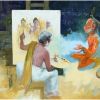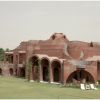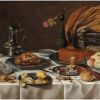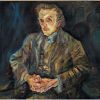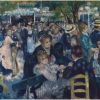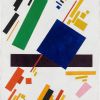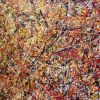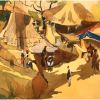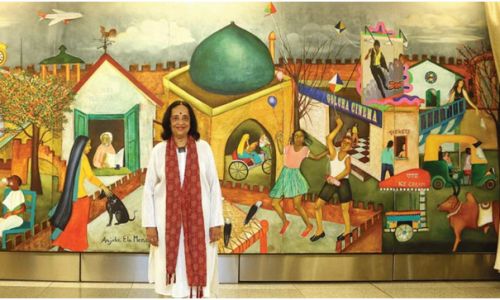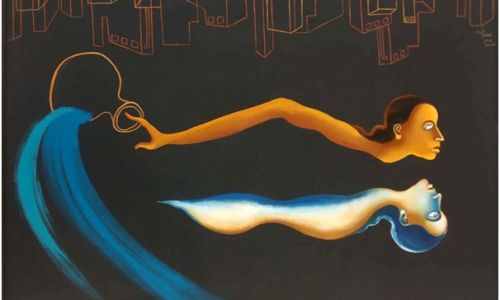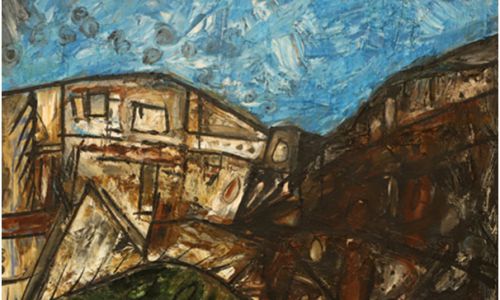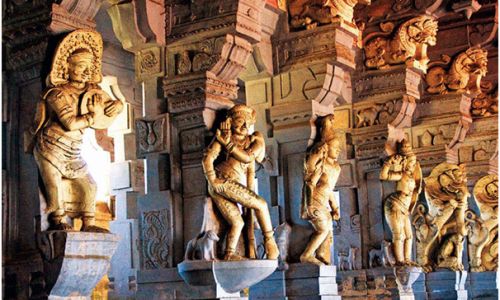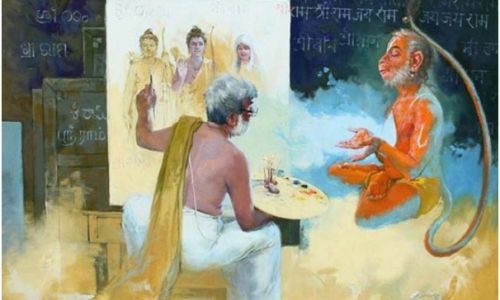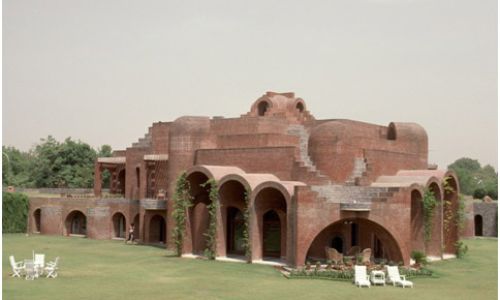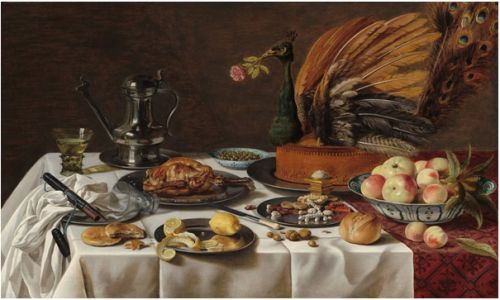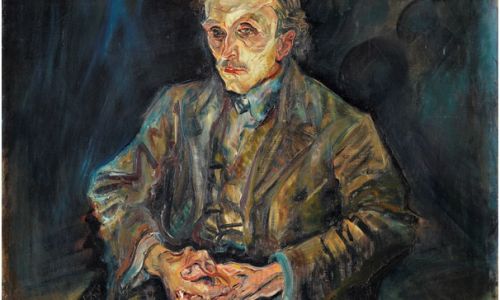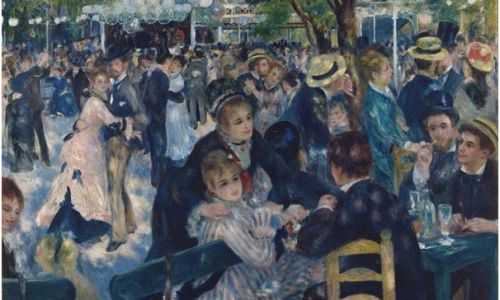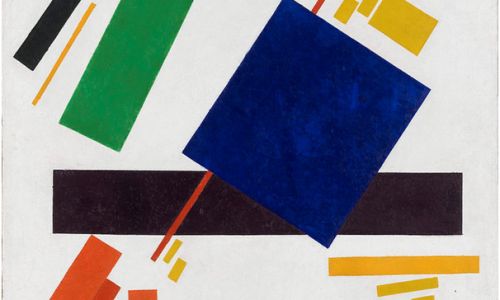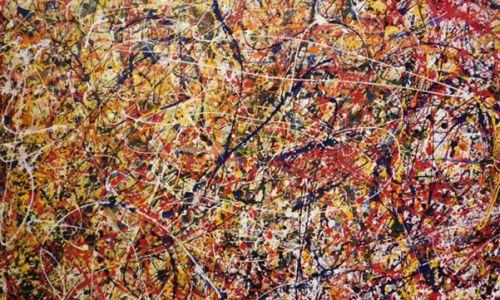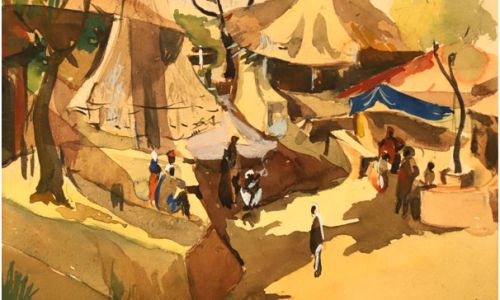M. V. Dhurandhar and Post Card Art form in 20th century India
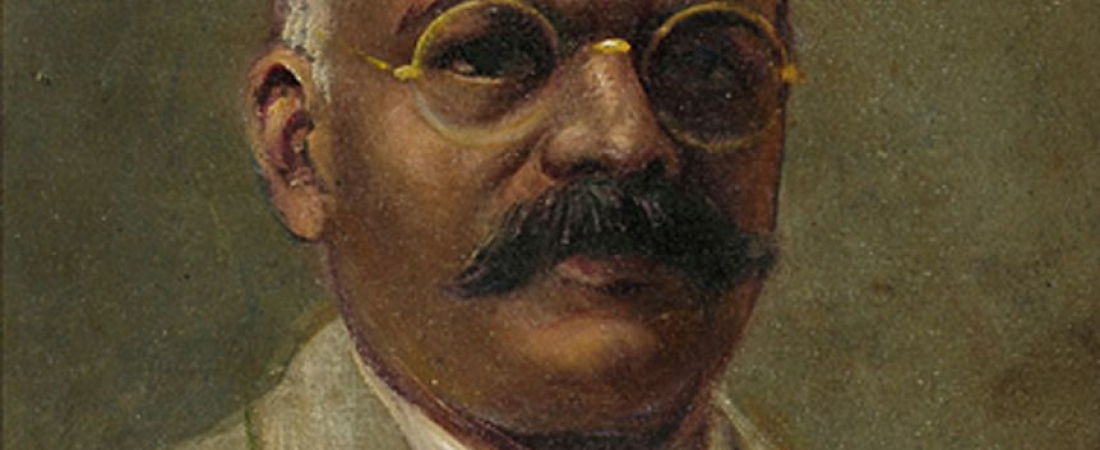
In early twentieth-century colonial India, picture postcards were an important medium through which identity of orient could be portrayed. Postcards also became one of the contested sites of British casting of Indians as a people lacking in civilisation. Colonial postcard producers generally depicted Indians as stereotypes in a nondescript environment. In contrast, Indian postcard publishers highlighted individuality while creating a clearly defined background supporting their position. One of the key figure associated with the post card art in early 20th century India was Mahadev Vishwanath Dhurandhar (1867-1944). According to art historian Partha Mitter he was the first Indian to design a postcard for a local manufacturer and his ethnographic illustrations were sent to Germany to be printed, then the most advanced country in printing. M.V. Dhurandhar through his Post card art form captured familial aspect of first decade of 20th century colonial India. He was instrumental in bridging the European and the Indian art form and greatly contributed to the discourse around the making of a then contemporary Indian art in the late nineteenth and early twentieth century.
His artistic life officially began when he joined J.J.School of art in Bombay founded and named after a Parsi entrepreneur, Sir Jamsethji Jijibhai (anglicized into "Jeejeebhoy"). He had the distinction of serving the school first as a student in 1890, and later was appointed to the teaching staff, becoming Headmaster in 1909 and "Officiating Director" in 1930.
Figure 1, M. V. Dhurandhar. "Parsee Ladies at Seaside." (Courtesy of the Google Image)
He was a well known figure andhugely successful in his lifetime . His works had covered all known genres of realistic art—portraits, landscapes, episodes from history and mythology, as well as mappings of social life, rendered by way of oil paintings, watercolours, drawings, sketches, and commercially popular as posters, postcards, book covers and illustrations, as well as oleographs. However his impact on modern day postcard art form is significant. Dhurandhar's early postcard designs are executed in gouache and in watercolor. They are printed on cards in two sizes: 12 x 8.7cm and 14 x 9cm; the former is known as "court" size.'' one of the key aspect of his art form is that he leaves little space for a message in the photograph. He allows his pictures to speak for themselves, without written commentary beyond the brief captions. In the Figure 1, Dhurandhar's "Parsee Ladies at Seaside"he uses the color Plate which is Impressionistic in its style and it very well captures Parsee Ladies in the afterglow of the Bombay seaside. The costume of the woman in the foreground resembles that of a orthodox type of dressing while the girl beside her sports the blend of Western and Indian apparel. Other points of documentation are more subtle, such as the concern of the lady in the foreground for keeping her head covered; and the segregation of the sexes even in this progressive community. This segregation extends to the women as individuals: in saris of pink and green and gold they stride directly ahead, as discrete as the lilies in a crystal garden. Even the young girl seems encapsulated, like her tightly rolled umbrella while sand has been fluidly rendered in the original gouache.
Figure 2,M.V. Dhurandhar. "Indian Water Lift." (Courtesy of the Google Image)
Dhurandhar body of work also comprises numerous post card art where he portrays individual portrait as well as many scenes depicting the day to day life. In the 3rd figure titled “Indian Water Lift” he vividly portrays rural scenes where peasantry class is shown labouring hard. He makes use of planar compositions and capture man's toil with the natural world. In the figure horizontal formats comes alive and rugged topography of the Deccan conveys the hard work of master and beasts through forceful balance of space.
Figure 3 , M.V. Dhurandhar. "Purana Reading in a Temple." (Courtesy of the Google Image )
Dhurandhar in his work also tries to venture into the spaces which has never been explored . For example Dhurandhar's postcard design, "Puran Reading in a Temple" (Figure 3) records the Photographic depictions of the inner enclosures of temples. In the postcard devotees are shown engaged in ringing a bell or offering flowers to a deity while the officiant is a pandit reading from a Purana, a collection of Hindu narratives.
Figure 4, M. V. Dhurandhar. "Hindu Girl of the Period."(Courtesy of the Google Image )
Dhurandhar's is also well known for recording the young women on post card especially from his own Brahmin community in a sympathetic manner which is unusual in the Indian art of this period. In "Hindu Girl of the Period."ayoung lady is shown standing in the foreground, attired in Indian and Western fashion. A similar wardrobe adorns the seated woman who gestures on her left, but she at least is barefoot; for a "Hindu girl" to retain her footwear indoors (or to wear such footwear in the first place) would be taboo to this day in some orthodox households, since this girl's glossy shoes are presumably leather. Yet her companions, each displaying a different degree of Western influence, ignore this profanation.
Overall Dhurandar and his post card art offer an informed response to the people of his native state. His works captures the versatility and insight of the Indian art of that period and can enlarge our understanding of that period.


